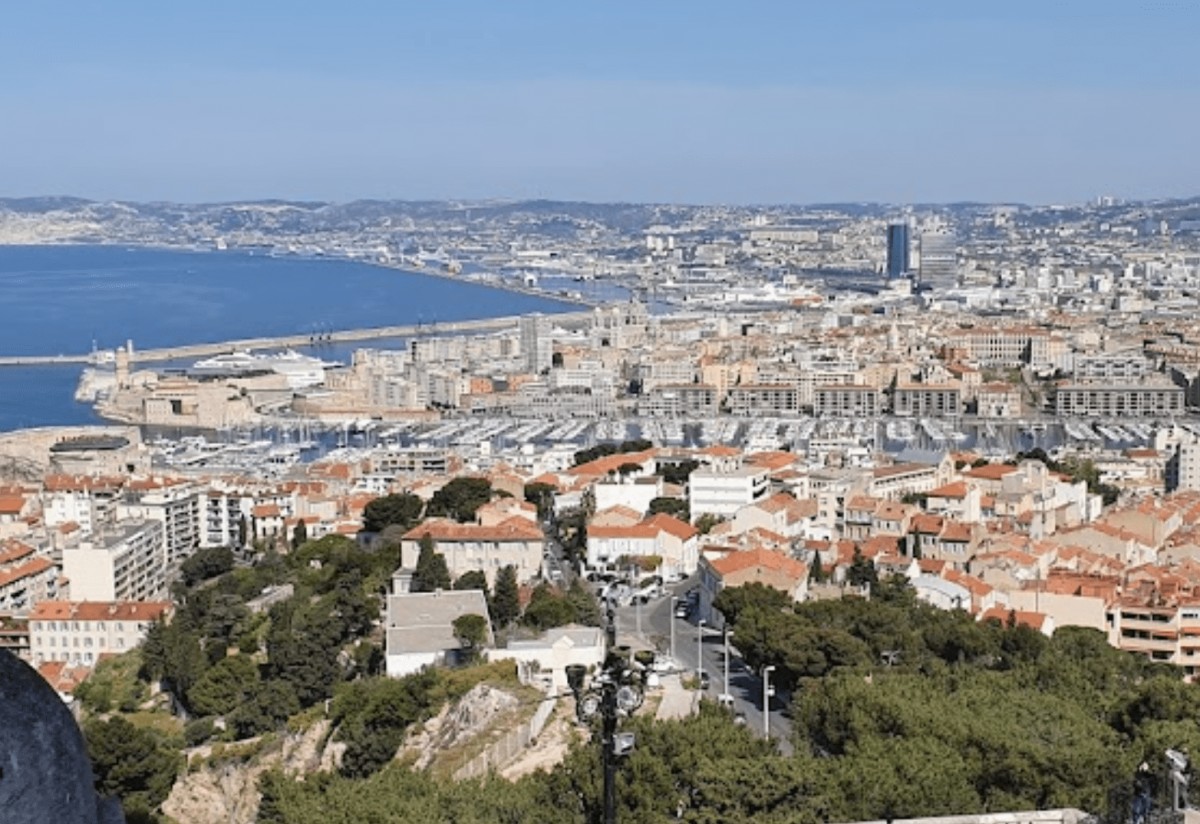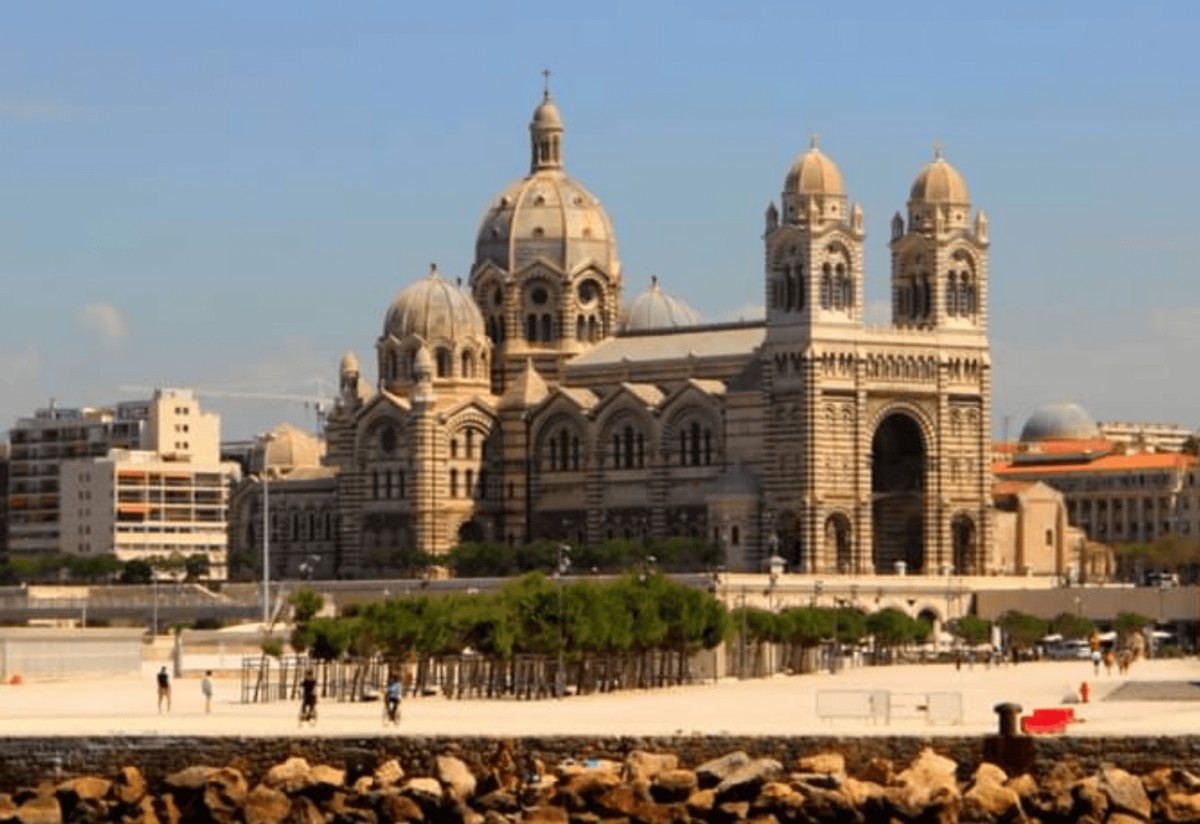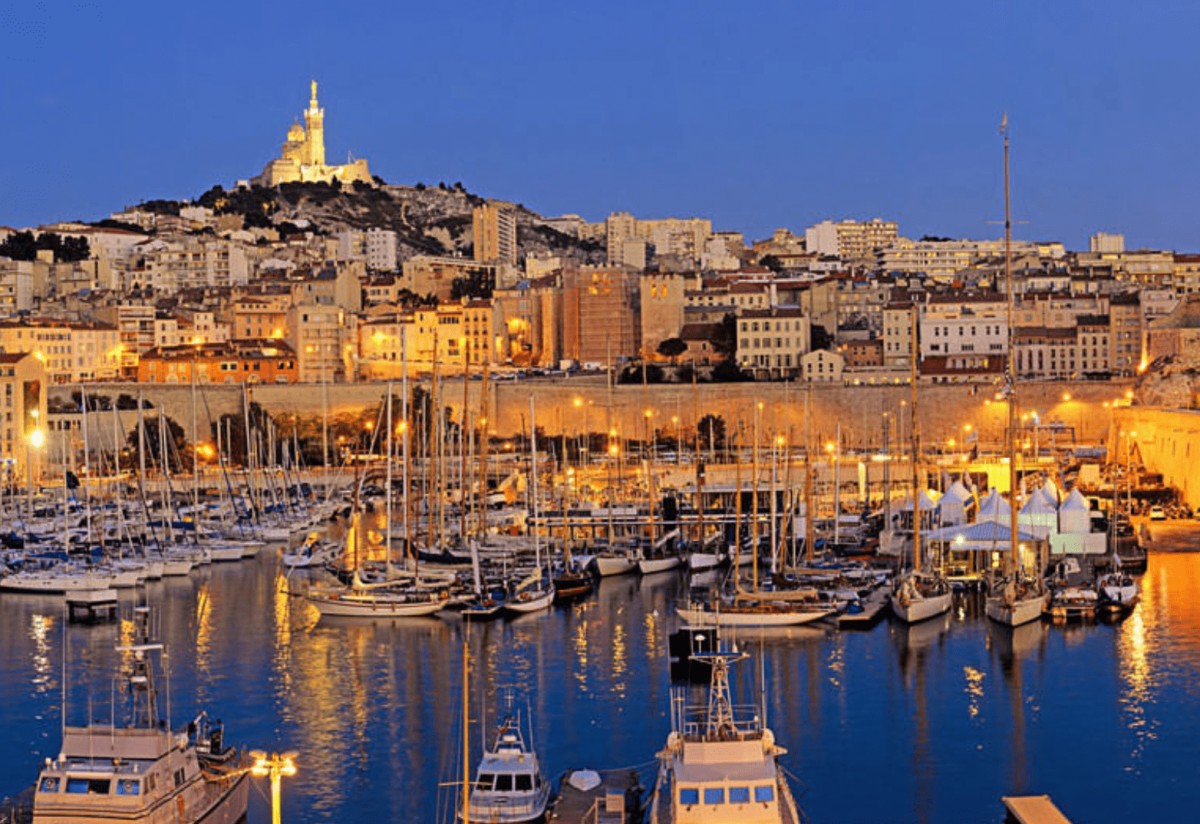We go through Marseilles
The most famous Marseilles street is La Canbière, or, as we traditionally call it, Cannebière - wide, lively, along its sidewalks there are terraces of numerous cafes, shops, banks. In France, "la Canebire" is a symbol of a cheerful, noisy, lively city. It is not for nothing that the great life-lover Alexandre Dumas argued that "if Rue Cannebière were in Paris, Paris would be a little Marseilles." On the General de Gaulle square, on the first floor of the Stock Exchange Palace, there is a maritime museum dedicated to the history of the fleet - from the 17th century to the present day. There are many models of ships on display. La Canebiere abuts the Old Port, and this port, with the squares and streets around it, is perhaps the best thing in Marseille. Ships enter it from the west, between the forts of Saint-Jean and Saint-Nicolas.
A lot of tourists prefer to book a hotel in France in advance online. This way you can get a great deal and compare prices and reviews. For example, in Cannes, you can rent a room in the most beautiful hotel Tiara Yaktsa Côte d'Azur from 300 euros per night.

Once upon a time, the Greeks landed in this bay, and it was in this bay that all the activity of the port was concentrated until the 19th century. In the Middle Ages, the marshes bordering the port were turned into hemp fields, from which they made ship tackle. The embankments began to be built under Louis XII, and finished under Louis XIII. And in the 19th century, the six-meter depth of the old port turned out to be insufficient for large steamers; a new port was built, and only yachts and pleasure boats remained in the old one. The embankments of the old port, the streets around it are full of cheerful colorful houses reminiscent of Italy. If you come to Marseille by car, be sure to take a ride on the Corniche President-J-F-Kennedy (in French, some streets and roads are called the word “corniche”, which literally means “mountain ledge”, “cornice”).

This street, more than 5 km long, runs along the seashore almost all the time. It offers beautiful views of the islands and mountains rising above the coast. To reach it from the old port, first take the quai de Rive-Neuve, then the boulevard Charles-Livon and turn left on rue des Catalans. The continuation of the Corniche President-J-F-Kennedy is called Promenade Georges-Pompidou and goes along the most famous Prado beach in Marseille. But even before the Prado, the Corniche Prsident-J-F-Kennedy crosses the bridge over the small fishing port of Vallon des Haut, which is very typical for the Marseilles region, where colorful houses, pleasing to the eye, are crowded on the shore.

By car, you should also drive up to the basilica on a hill above Marseille - to Notre Dame de la Garde. Turn from the coast onto the wide avenue Prado, which runs into the beach (after a while it will turn left without changing the name), drive through Plaza Castellane, from there along rue Rome, then left along rue Dragon, left again along rue Breteuil, right along boulevard Vauban and finally to the right along the rue du Fort-du-Sanctuaire, which leads to the plateau de la Croix. There are parking facilities for cars. The ascent is very steep and slippery in the rain. But it is worth it - not for the sake of the church itself, built in the 19th century in the then fashionable Roman-Byzantine style, but for the sake of a dizzying panorama that literally takes your breath away. From there you can return to the old port by boulevard Notre-Dame and then by rue Fort-Notre-Dame.